
Bearded Woodpecker (Dendropicos namaquus) |
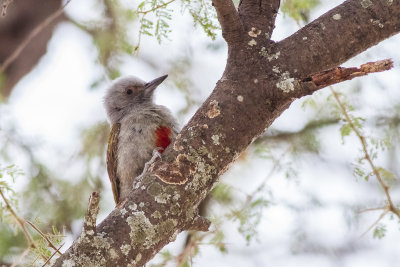
African Grey Woodpecker (Dendropicos goertae) |
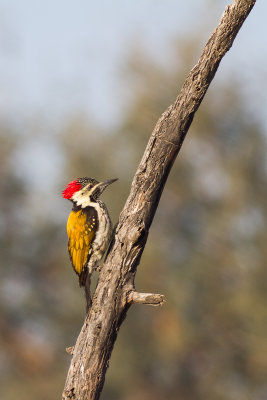
Black-rumped Flameback (Dinopium benghalense) |

Eurasian Wryneck (Jynx torquilla) |

Spotted Piculet (Picumnus pygmaeus) |
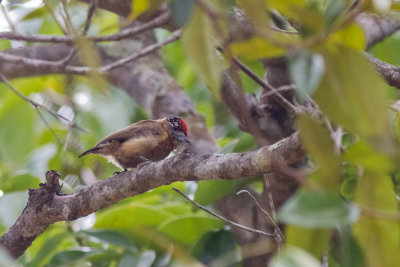
Tawny Piculet (Picumnus fulvescens) |

Ochraceous Piculet (Picumnus limae) |

Ochre-collared Piculet (Picumnus temminckii) |
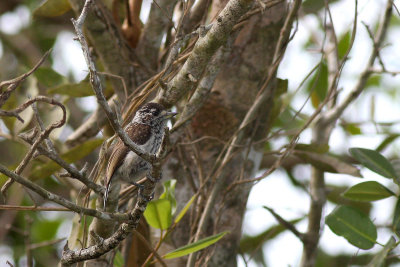
White-wedged Piculet (Picumnus albosquamatus) |
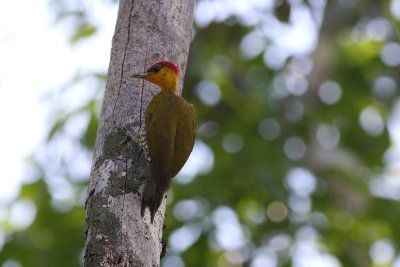
Yellow-throated Woodpecker (Piculus flavigula) |

Golden-green Woodpecker (Piculus chrysochloros) |

Campo Flicker (Colaptes campestris) |
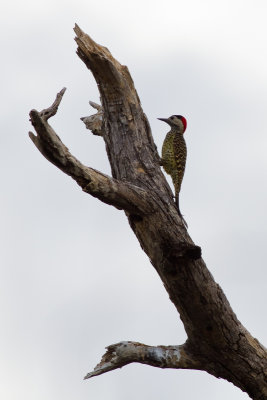
Green-barred Woodpecker (Colaptes melanochloros) |
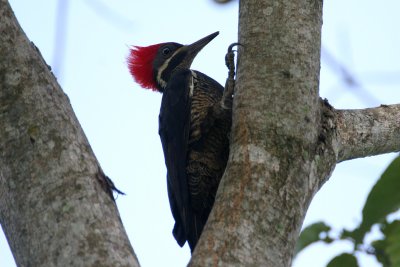
Lineated Woodpecker (Dryocopus lineatus) |

White-bellied Woodpecker (Dryocopus javensis mindorensis) |
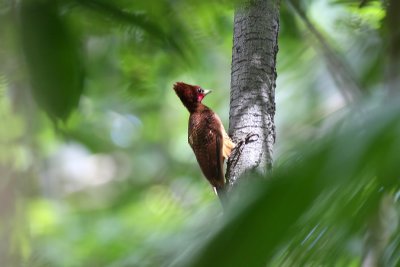
Scaly-breasted Woodpecker (Celeus grammicus) |
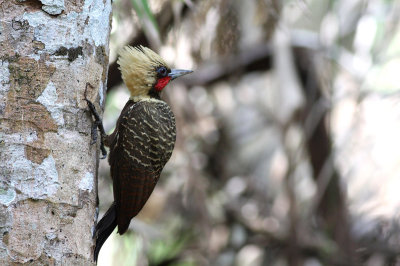
Pale-crested Woodpecker (Celeus lugubris) |
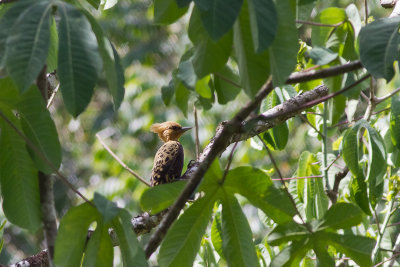
Blond-crested Woodpecker (Celeus flavescens intercedens) |
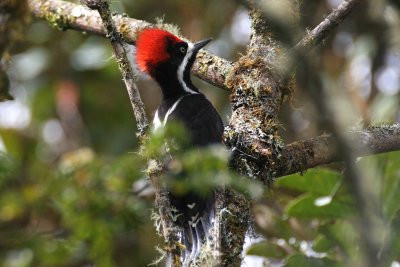
Powerful Woodpecker (Campephilus pollens) |

Robust Woodpecker (Campephilus robustus) |

Crimson-crested Woodpecker (Campephilus melanoleucos) |
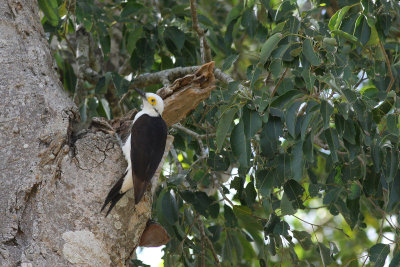
White Woodpecker (Melanerpes candidus) |

White Woodpecker (Melanerpes candidus) |
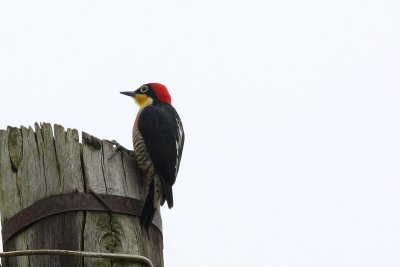
Yellow-fronted Woodpecker (Melanerpes flavifrons) |
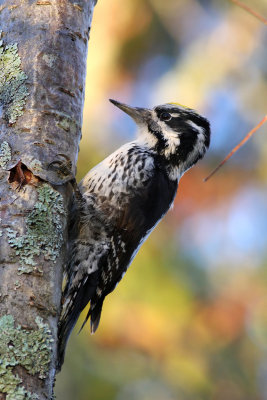
Eurasian Three-toed Woodpecker (Picoides tridactylus) |
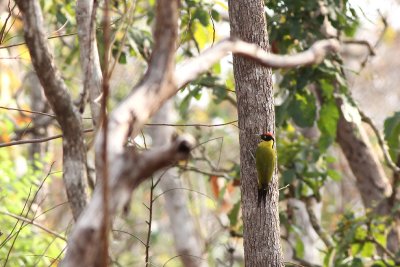
Black-headed Woodpecker (Picus erythropygius) |
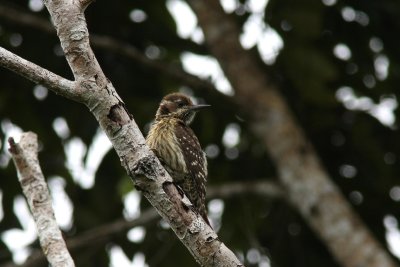
Philippine Pygmy Woodpecker (Yungipicus maculatus) |

Cardinal Woodpecker (Dendropicos fuscescens) |
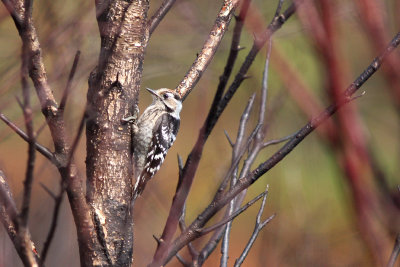
Lesser Spotted Woodpecker (Dryobates minor) |











